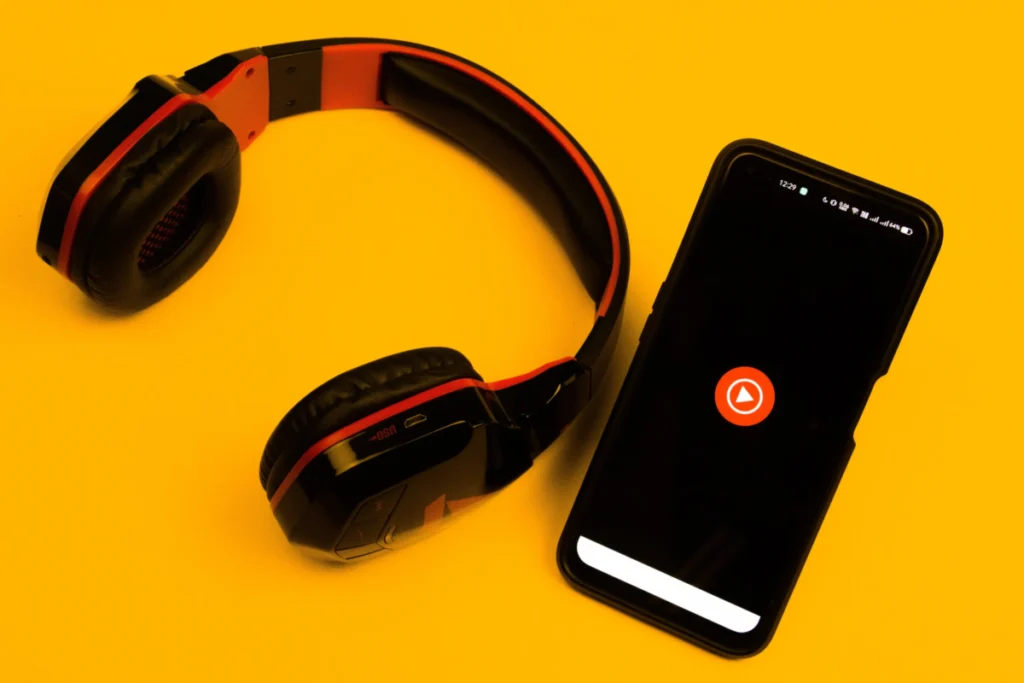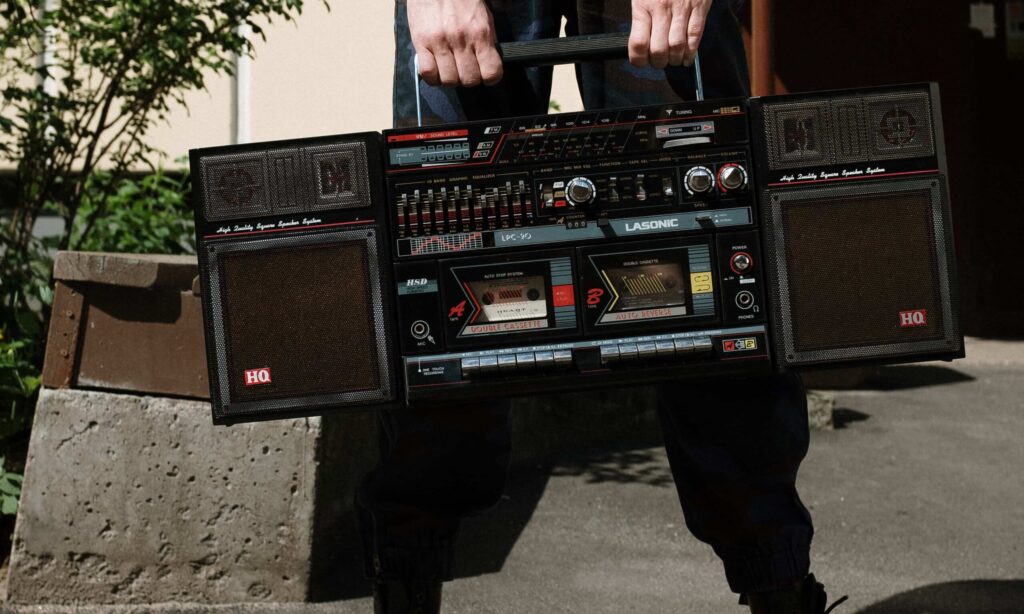|
Getting your Trinity Audio player ready...
|

Digital audio
The market for intelligent speakers worldwide will reach 200 million units next year and continue growing. As 5G networks become available and are available, the number is expected to increase even more.
What message is this sending to those who market using thought leadership?
Many marketers need help understanding the meaning of the concept of sonic branding is all about. It’s not associated with Sonic the Hedgehog, Sonic Drive-In restaurant, or Sonic the Hedgehog video game; however, these brands can win with digital audio. The most confident marketers are aware of the challenge and are beginning to integrate audio into their marketing strategies. But for thought-leadership marketers, audio technology might not be at the top of their list of priorities.
Sonic branding is less known. Yet, for many businesses, large or small, it’s as important as visual branding. In this article, I’ll discuss how B2C companies use audio only in a limited manner in their thinking-leadership (TL) strategy. I will also talk about the ways this can improve their image.
Define Sonic Branding
Sonic branding is described as a process that uses a specific song or sound to enhance the user experience and make them feel more connected with a company or brand. It could range from a commercial tune as well as an audio-based emblem. The three kinds of sounds utilized for branding using sonics include human voices, non-human ambient sounds of the surrounding environment, and instrumental sounds.
Digital sound can help brands stand out in a world where noise bombards consumers. It can also help brands communicate a message or establish a distinctive brand identity different from anything images or words can accomplish. This helps in elevating the company’s voice as a leading thinker.
It’s the Rise of Sonic Branding
Digital audio is on the rise because of technology. From voice interfaces to the influencers of voice and analysis of voice, it’s no surprise that experts are predicting the coming of a “Sonic Boom.” Not only this, but I discovered FOMO (“fear of missing behind”) is a powerful motivation for marketers, and more so than it was before. Marketers will eventually be more conscious of sonic branding.
Sonic branding is utilized in various ways:
Audio related to the product’s use (e.g. sound effects to start or warnings regarding errors)
Corporate communications (e.g. call-out music, voice messages)
Recorded content (e.g. pages for landing videos or games, as well as audiobooks)
Radio broadcasts that live (e.g. podcasts on leadership and thoughts radio)
Voice assistant content (e.g., Alexa Skills)
Application for text messaging (e.g. texts, emails, chatbots, texts)
Sites that cater to those not at home (e.g. access to retail stores or points of sale)
Digital, radio and TV commercials (e.g. Jingles, etc.)
Most people are shopping online and browsing via voice. Vocal shopping is expected to hit the $40-billion figure by 2022. Voice-activated devices and smart speakers will help brands reach the wider public.
Shop Now
The Benefits of Using Digital Audio
The most striking characteristic of sonic branding is its ability to grab consumers’ attention. It’s like an in-subliminal message that flashes before your eyes in one second. At first glance, the flash isn’t thought of. In their heads? Yep, it’s there.
Digital audio that is utilized for sonic branding may provide many advantages, for instance:
Define and enhance the brand identity of a company
The ability to differentiate product or service offerings
Enhancing brand recognition
The enhancement of the emotional connection
Transforming audio into actions
Inspiring buyers to purchase
Building brand loyalty
Improved customer experience
Like visually branded products, the Sonic brand is able to influence the minds of customers without being aware of it. A few of them are acquainted with it. Have you heard the Oscar Mayer advertising jingle: “I Wish I Were an Oscar Mayer Weiner”? Or for younger generations, McDonald’s “I’m lovin’ it!” These top TV commercials jingles were a hit with viewers’ minds as total “earworms”-possibly inducing them to buy bologna and French fries.
How B2C brands are using Technology Audio Technology Audio
Many companies employ digital sound. Mastercard and TikTok have made significant advancements in their business through audio branding. There’s much to learn from these two Titans.
Mastercard: Mastercard introduced a new brand based on this new approach. The brand’s sound-based identity was created in 2020. It is a distinct Mastercard tune that plays whenever customers interact with the brand through ads, store checkouts, and events that require sponsorship.
Getting Started
To successfully use sonic branding, it is essential to understand the character of your brand and your target audience’s preferences. Make a plan that describes how you can make use of the sound. You can create unique music and test the sound with your target audience by working with sound engineers. Flexibility and consistency are the two most significant issues; make sure that your audio is constant across all platforms and adjusted to various circumstances. A clear set of guidelines for use and regular reviews can solve these issues and strengthen your brand’s relationships with listeners.
I’m seeing thought leaders increasing their budgets for their thought leadership campaigns. I’m confident that one of their primary sources will be Sonic in the next few years. Do you consider Sonic branding to be one of your list of marketing thought leadership priority lists?
Related
Enhancing Listening with Creative Audio Ads



